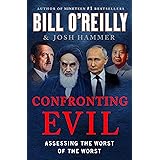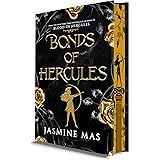Unlocking the Secret Pulse of Poetry: How Rhythm and Meter Transform Words into Magic
My daughter plays on the floor
with plastic letters,
red, blue & hard yellow,
learning how to spell,
spelling,
how to make spells.
There’s no discernible pattern in the meter, which is why the poem is called free verse. Yet the poem still has a flow, a rhythm. If the rhythm isn’t coming from the poem’s meter, where is it coming from?
Even though there aren’t repeated patterns, the accented and unaccented syllables still inform the rhythm. But so do the pauses. Consider the pause after “spelling” and before “how to make spells.” This pause influences the musicality of the poem. But the poem uses some other tricks to create rhythm. Look at the rhyme of “yellow” and “spell” (not a perfect rhyme, but a rhyme nonetheless). And look at how it echoes into the next two lines with “spelling” and the repetition of “spell(s)” in the final line. There’s a pattern of sound there, which creates rhythm.



















